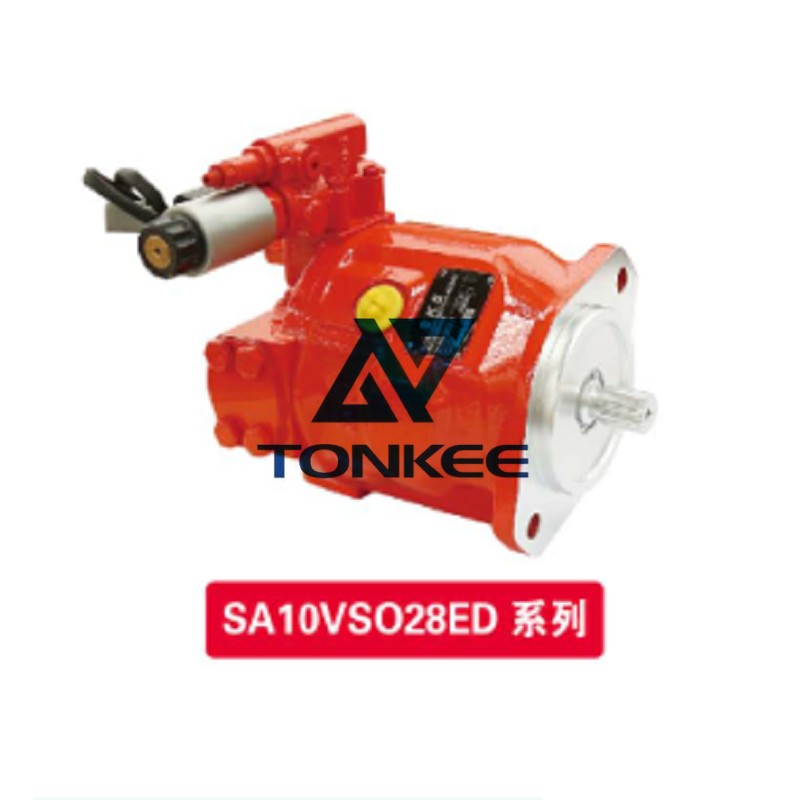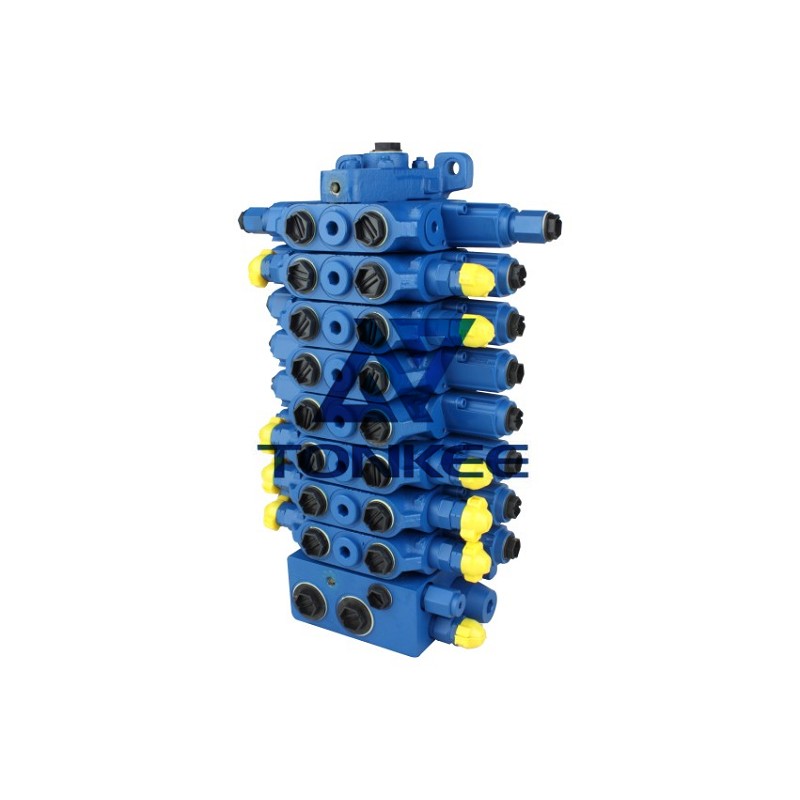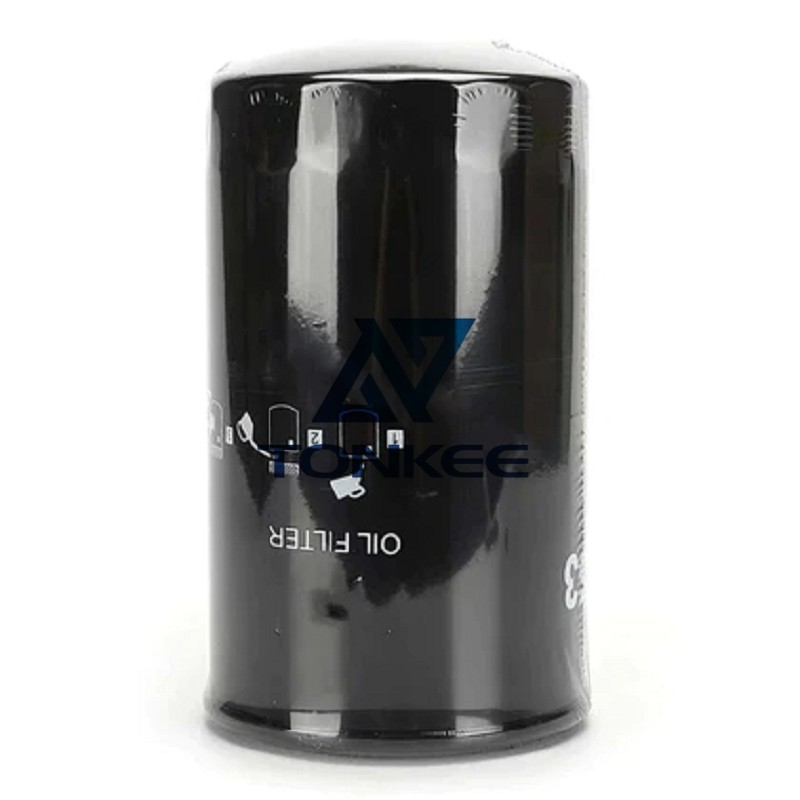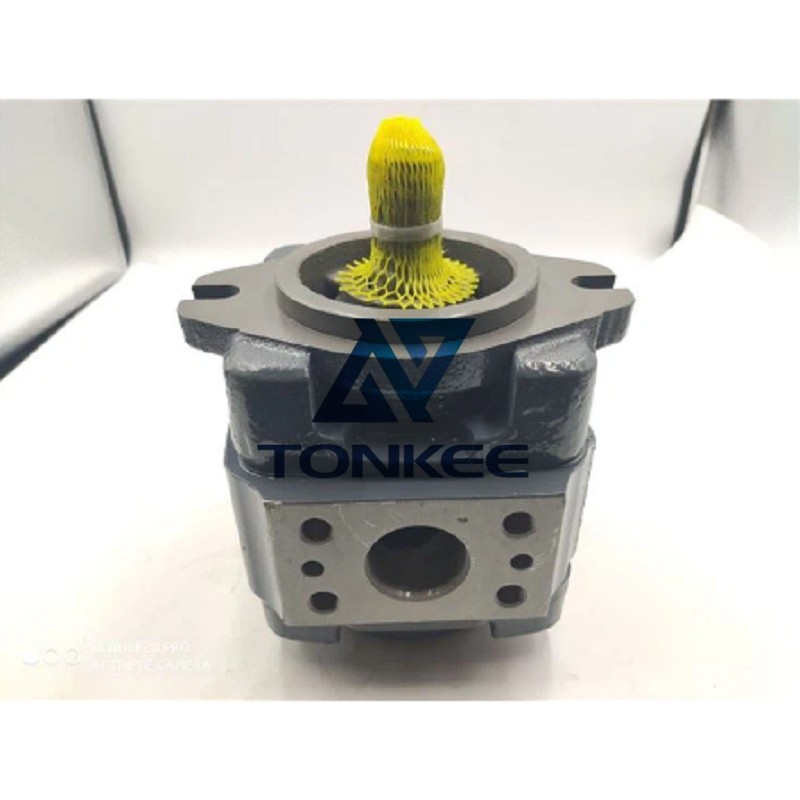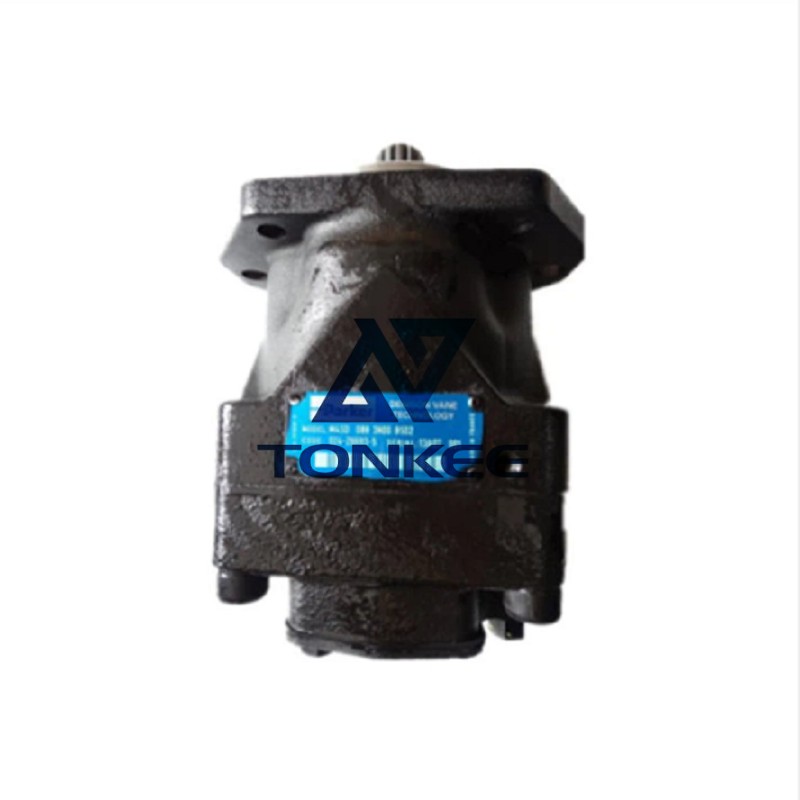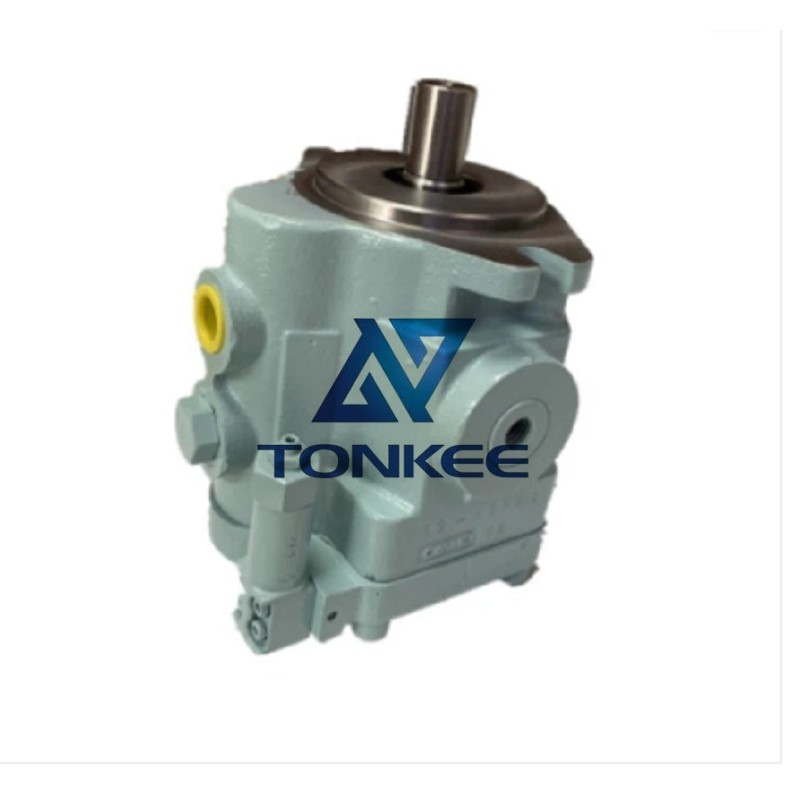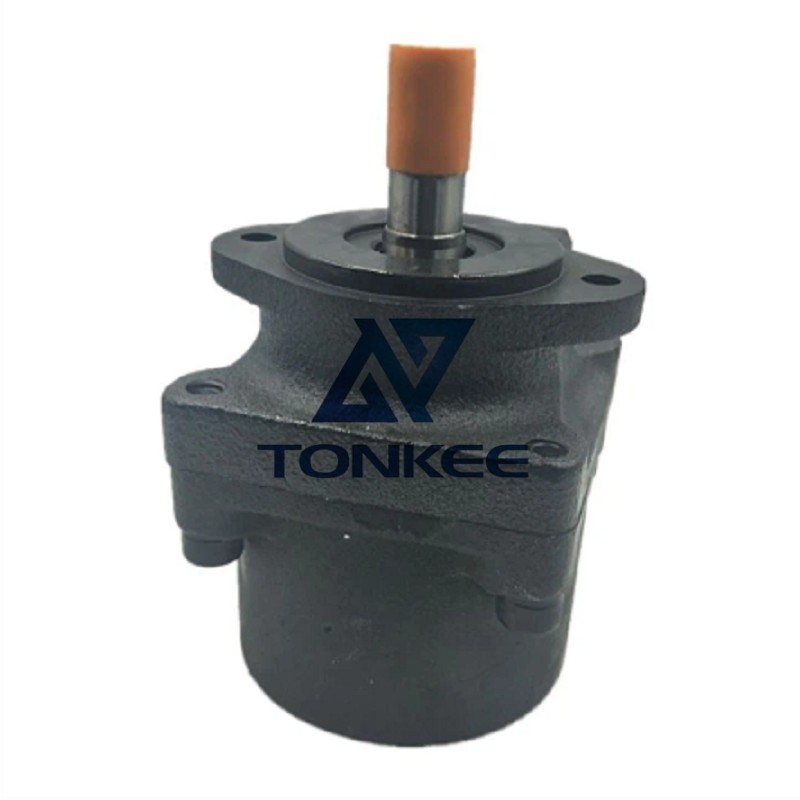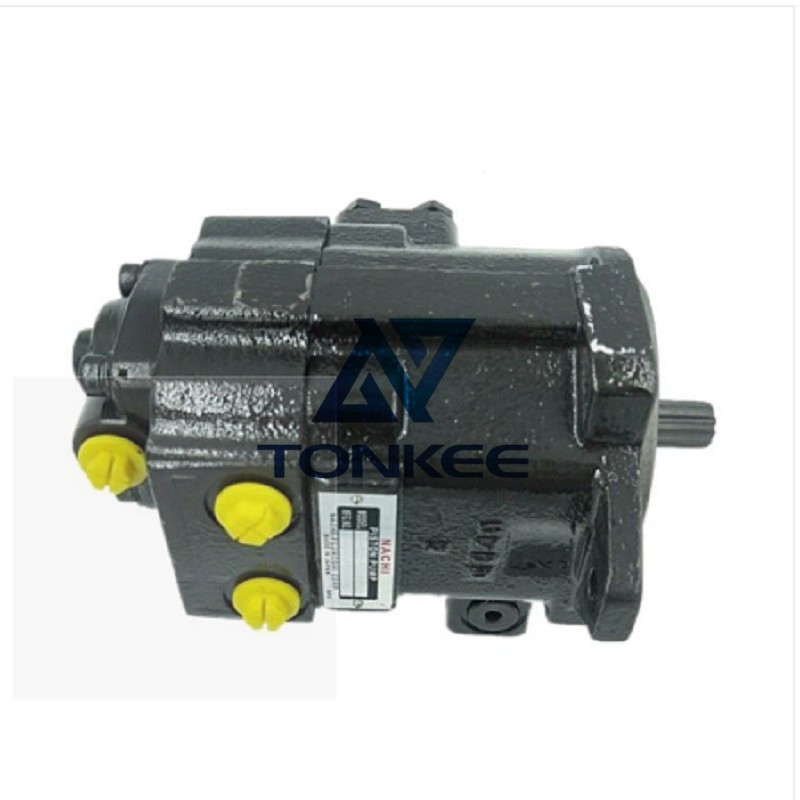
Construction and Materials: Distribution valves are typically constructed from high-quality materials such as steel, cast iron, or aluminum, ensuring durability and resistance to pressure and corrosion.
The valve's internal components may include spools, sleeves, seals, springs, and other necessary elements.
Valve Types: Distribution valves come in various types, including directional control valves, proportional control valves, pressure control valves, flow control valves, and more. Each type serves a specific purpose in regulating the hydraulic system.
Flow Capacity: The flow capacity of a valve refers to the maximum amount of fluid it can handle within a given time. It is usually measured in gallons per minute (GPM) or liters per minute (LPM).
Pressure Ratings: Valves are designed to withstand certain pressure levels. The pressure rating specifies the maximum pressure that the valve can handle without compromising its performance or safety. Pressure ratings are often measured in pounds per square inch (PSI) or bars.
Actuation Methods: Distribution valves can be actuated manually, electrically, pneumatically, or hydraulically. Manual valves require physical interaction, while automated valves can be controlled remotely or through a control system.
Valve Configurations: Distribution valves can have various configurations, such as spool valves, poppet valves, or rotary valves.
The configuration determines the internal design and mechanism for controlling the fluid flow.
Mounting Options: Valves can be mounted in different ways, such as inline mounting, subplate mounting, manifold mounting, or cartridge mounting. The mounting method depends on the specific application and system requirements.
Control Modes: Valves can offer different control modes, such as 2-way, 3-way, or 4-way control. This indicates the number of positions and flow paths the valve can provide.
Additional Features: Depending on the application, distribution valves may include additional features like pressure relief, check valves, solenoid control, position sensing, or feedback mechanisms to enhance system performance and safety.


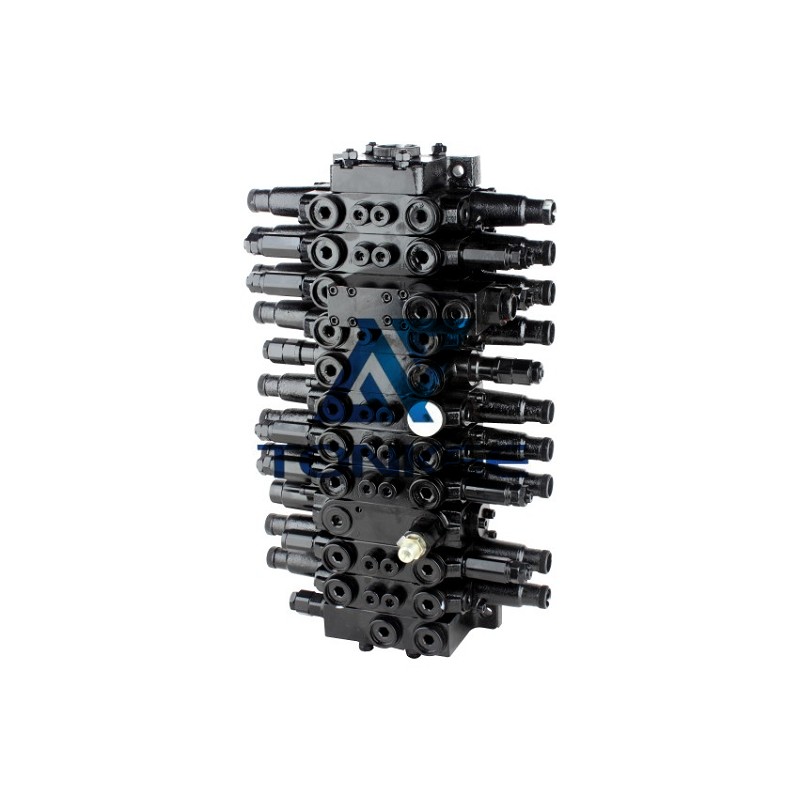

 English
English Русский язык
Русский язык
